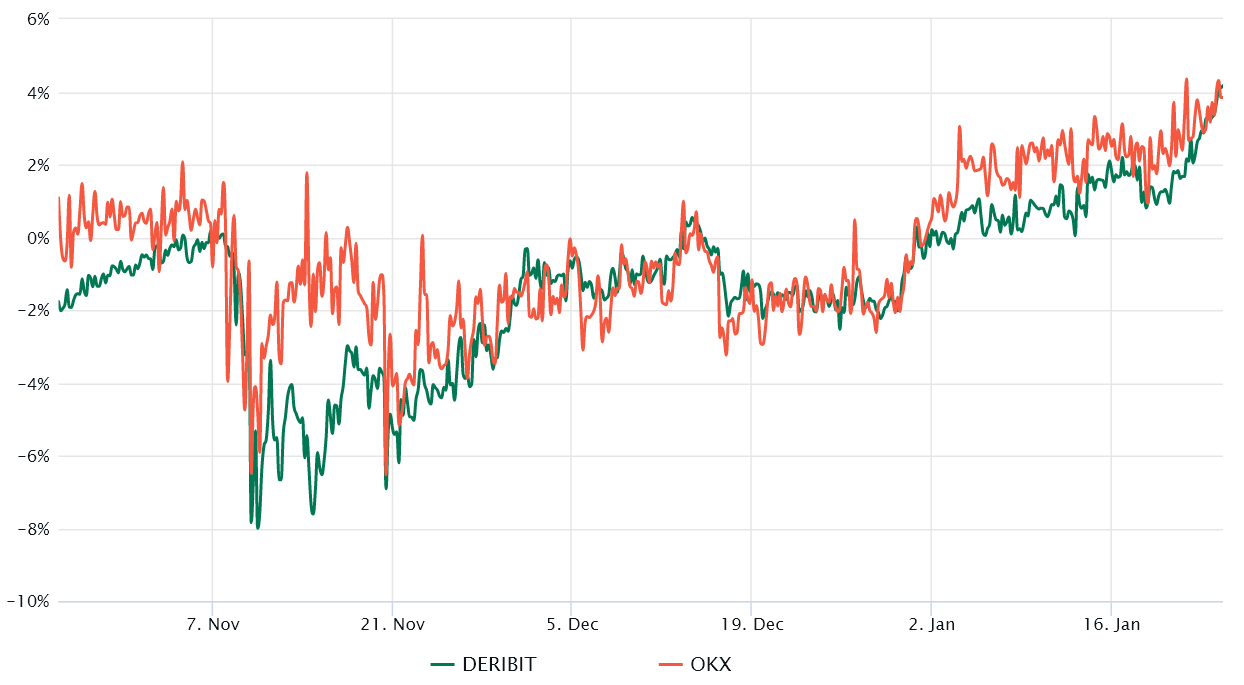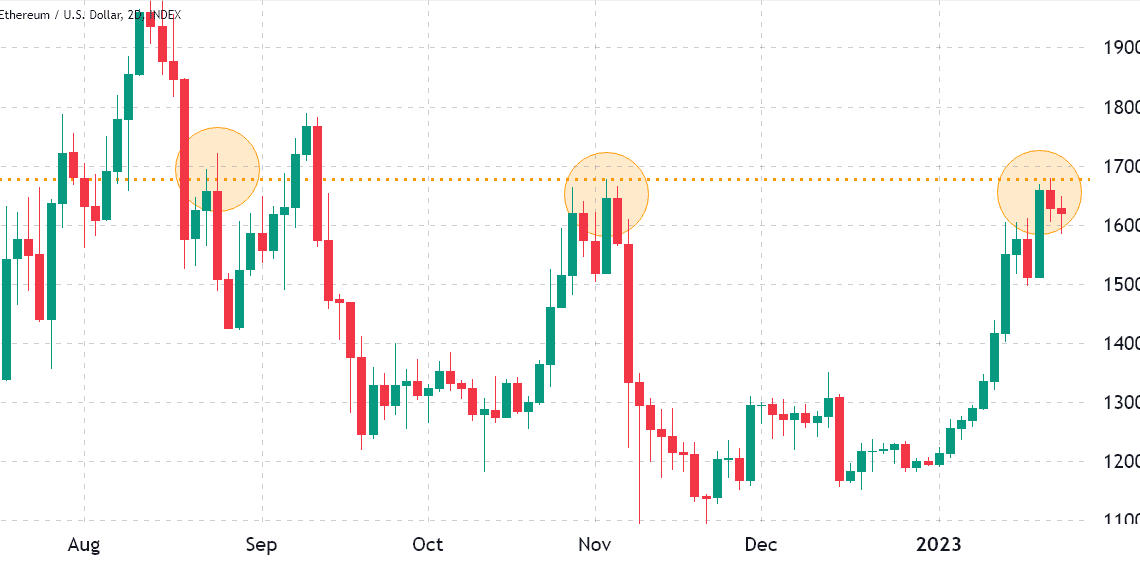The price of Ether (ETH) rallied 16% between Jan. 14 and Jan. 21, peaking at $1,680 before facing a 5.4% rejection. Curiously, the same resistance level resulted in a substantial correction in late August 2022 and again in early November 2022.
From one side, traders are relieved that Ether is trading up 35.5% year-to-date, but the repeated corrections that follow retests of the $1,680 resistance may have weakened investors’ sentiment.
Negative newsflow might have limited Ether investors’ appetite after troubled cryptocurrency company Digital Currency Group (DCG) faced more legal issues this week. On Jan. 23, a group of Genesis Capital creditors filed a lawsuit alleging violations of federal securities laws. In addition, the plaintiffs allege the lending firm made false and misleading statements through a scheme to defraud potential and existing digital asset lenders.
Another new concerns for Ether holders came on Jan. 22 after, a “temperature check” proposal to deploy the Uniswap v3 protocol to BNB Chain received overwhelming support from the Uniswap community. 80% of Uniswap’s UNI governance token holders have voted to deploy the additional version of the decentralized exchange protocol.
On the bright side, Ethereum developers have created a testing environment for the upcoming Shanghai network upgrade. According to Ethereum developer Marius Van Der Wijden, the testnet appears to have been created to evaluate staking withdrawals, which are currently disabled on the mainnet. Over 14.5 million ETH (worth $23 billion) has been deposited into the Ethereum staking contract, and harsh criticism followed the multiple delays in enabling withdrawals.
Let’s look at Ether derivatives data to understand if the $1,680 price rejection has impacted crypto investors’ sentiment.
ETH futures finally enter the neutral area
Retail traders usually avoid quarterly futures due to their price difference from spot markets. Meanwhile, professional traders prefer these instruments because they prevent the fluctuation of funding rates in a perpetual futures contract.
The three-month futures annualized premium should trade between 4% to 8% in healthy markets to cover costs and associated risks. When the futures trade at a discount versus regular spot markets, it shows a lack of confidence from leverage buyers and this is a bearish indicator.

The above chart shows that…
Click Here to Read the Full Original Article at Cointelegraph.com News…
























